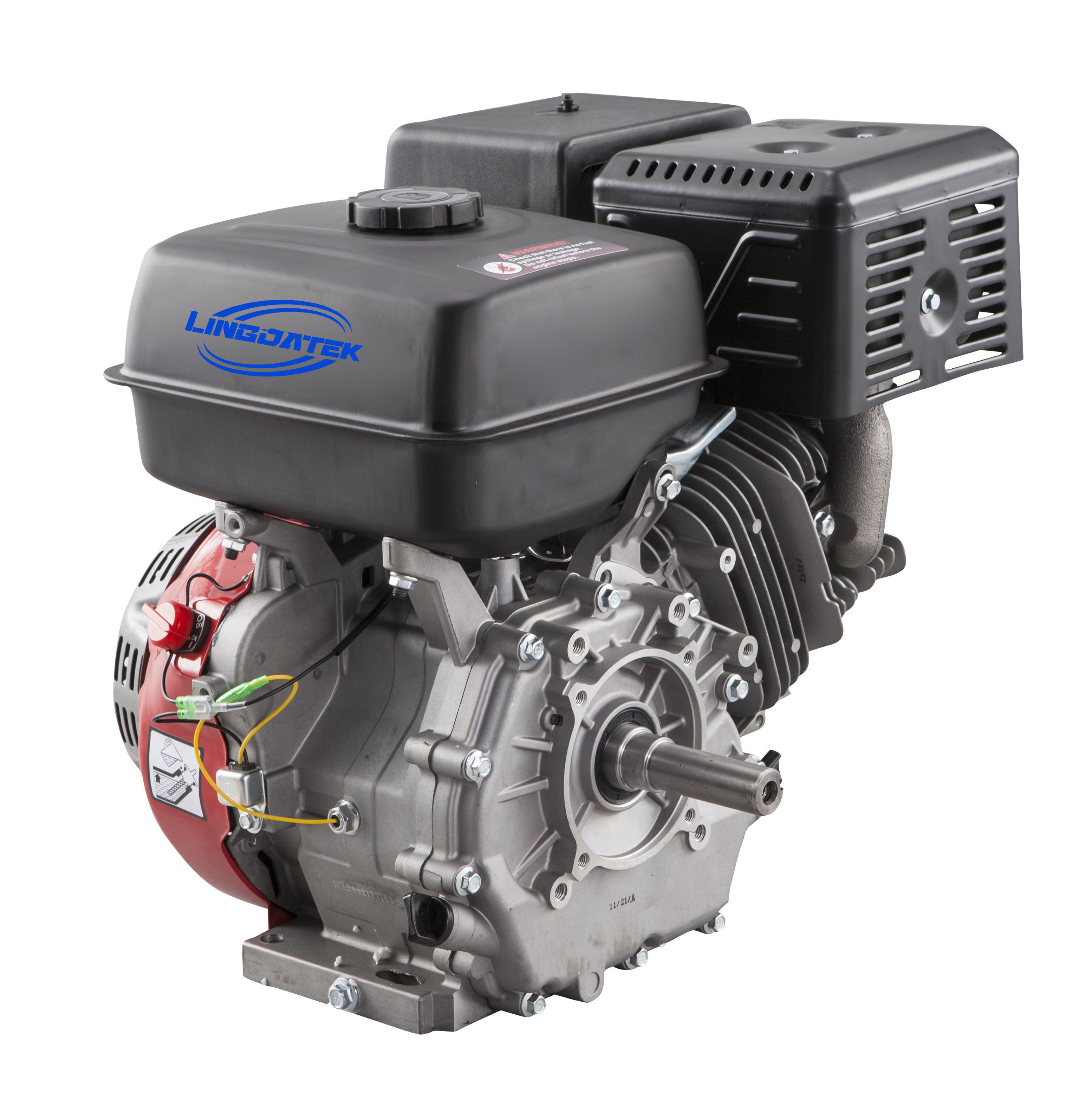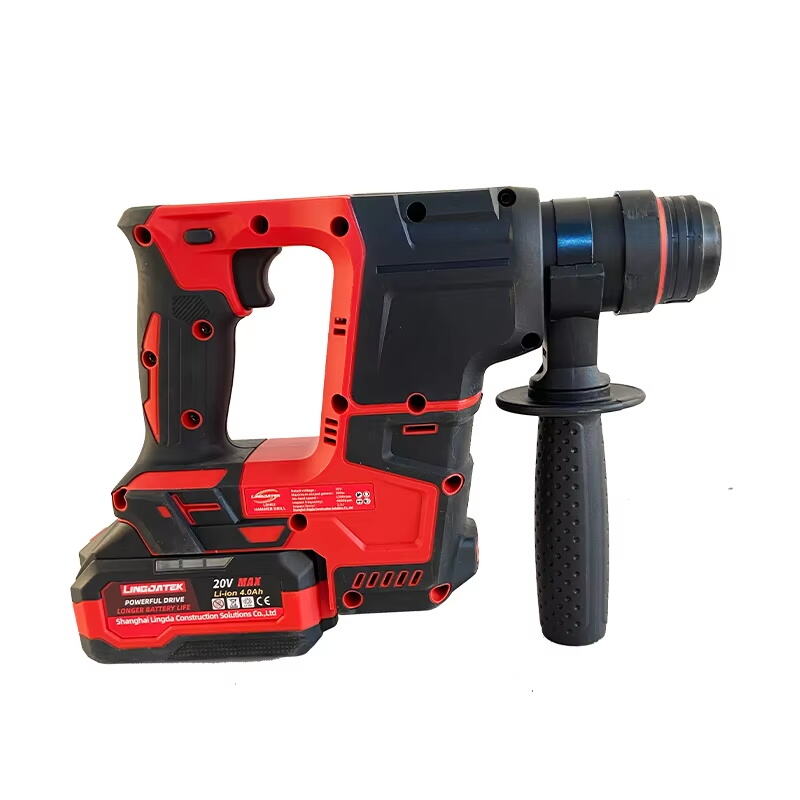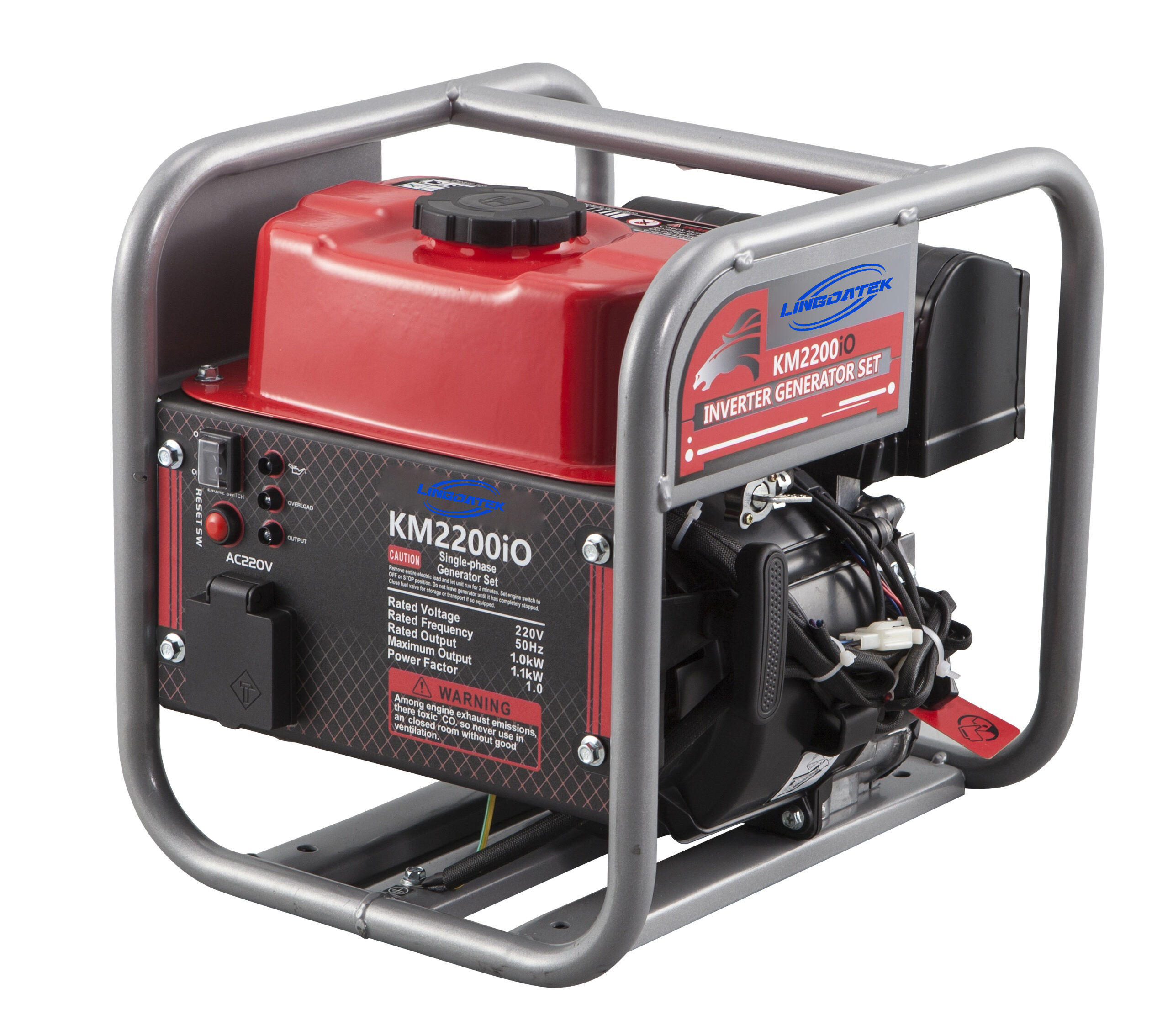butt weld type valves
Butt weld type valves represent a crucial component in modern piping systems, characterized by their seamless integration through direct welding into the pipeline. These valves are engineered to provide maximum reliability and structural integrity in high-pressure and high-temperature applications. The distinctive feature of these valves lies in their end connections, which are specifically designed to be welded directly to the pipe, creating a permanent, leak-proof joint. The manufacturing process involves precise machining to ensure the valve ends match the pipe's diameter and wall thickness perfectly, facilitating a strong metallurgical bond during welding. These valves find extensive applications in critical industries such as petrochemical processing, power generation, and industrial gas systems, where system integrity and safety are paramount. The design eliminates potential leak paths associated with threaded or flanged connections, making them particularly suitable for services involving hazardous materials or extreme operating conditions. Modern butt weld type valves incorporate advanced sealing technologies and materials, ensuring reliable performance throughout their operational lifetime. Their construction typically features forged bodies and carefully selected trim materials to withstand demanding service conditions while maintaining consistent performance characteristics.


